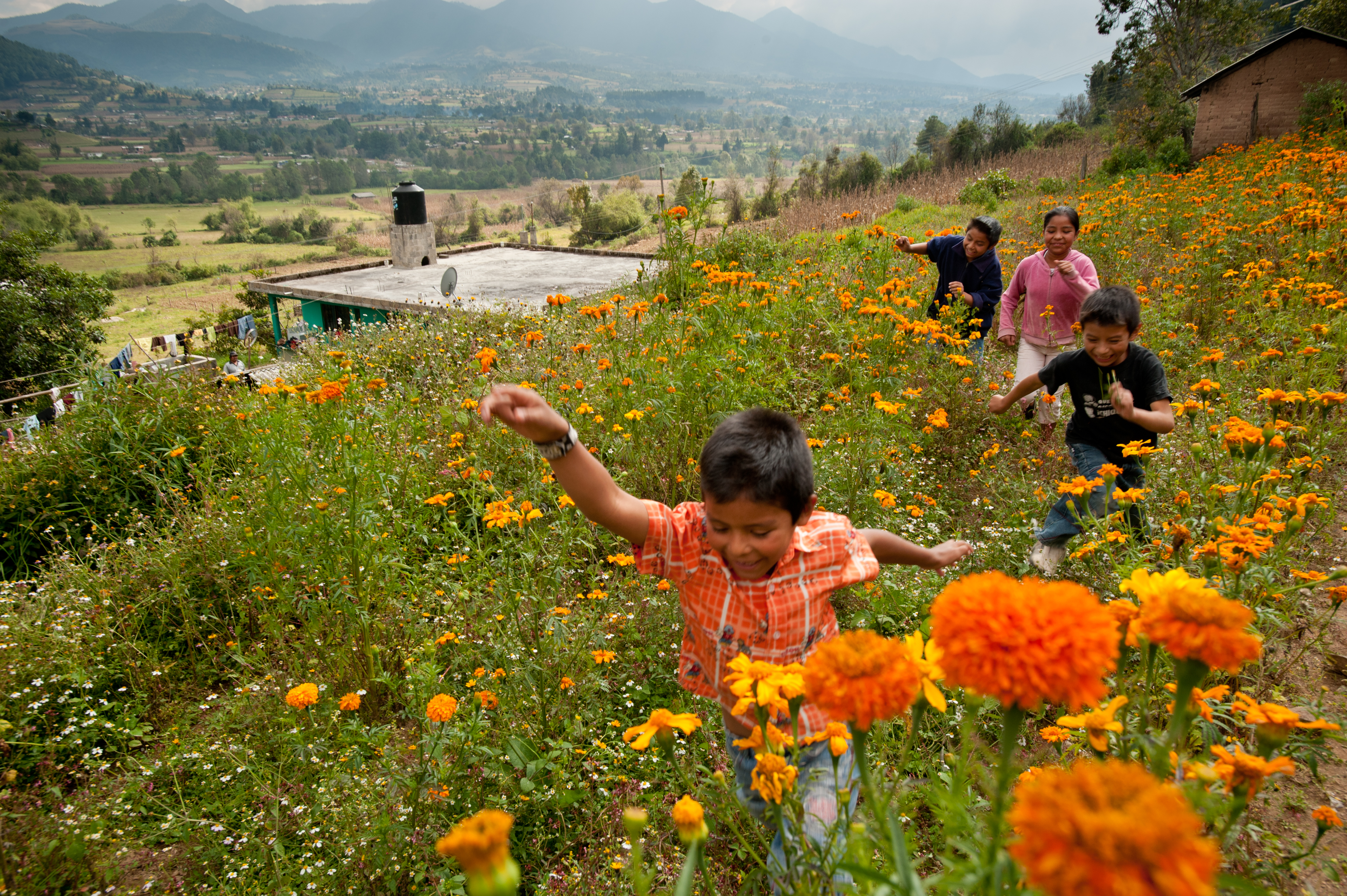JUNE 12; WORLD DAY AGAINST CHILD LABOR
OBSERVATIONS AND RECOMMENDATIONS FOR CARE, PREVENTION AND ERADICATION
One of the clearest definitions of Child Labor is provided by the International Labor Organization (ILO) that states that "child labor"; It is all work that deprives children of their childhood, their potential and their dignity, and that is detrimental to their physical and psychological development.
A term that should be considered when analyzing the problem of child labor is that of; “Decent or decent work”, in this regard Ley Federal del Trabajo determines in article 2 that decent or decent work is:
“One in which the human dignity of the worker is fully respected; there is no discrimination based on ethnic or national origin, gender, age, disability, social status, health conditions, religion, immigration status, opinions, sexual preferences or marital status; You have access to social security and you receive a remunerative salary; continuous training is received to increase productivity with shared benefits, and there are optimal health and safety conditions to prevent occupational hazards ”. [1]
Child labor that undermines the integral development of children and adolescents prevents them from fully enjoying their human rights contained in the Political Constitution and International Treaties to which Mexico is a part, as well as development opportunities. The result of child labor that threatens the integral development of children and adolescents is a series of serious violations of the rights of children and adolescents, since it puts their physical, mental and social development at risk, considering They are constantly exposed to many more risks.[2]
Key facts
In accordance with Annex 18 “Resources for the attention of girls, boys and adolescents” of the Expenditure Budget of the Federation 2019, the Budget of Labor and Social Welfare Branch labeled 6.3 million pesos for the budget program “Execution of the programs and Labor Policy actions ”linked to the population of Girls, Children and Adolescents.
This means that the Ministry of Labor and Social Welfare (STPS) has 6.3 million pesos for actions to prevent and eradicate child labor.
If we consider that according to the projections of the National Population Council (CONAPO), for the year 2019 the population of 5 to 17 years is around 28.8 million people, it means that for actions to prevent child labor Account only with 21 cents for each girl, boy or teenager from 5 to 17 years.
If we consider the population in condition of child labor of 2017 (3.2 million people), 1.94 pesos would be available for actions to eradicate child labor.
On the other hand, the population of 5 to 17 years in 2017 amounted to 29.3 million people, of which:
- 3.2 million girls, boys and adolescents were in a condition of child labor,
- 33 million of them and they do it in dangerous occupations, this is a population in an unauthorized occupation (below the allowed age or performing hazardous work and / or performing household chores in unsuitable conditions).
- Of the total of girls, boys and adolescents employed in occupations not allowed, the majority carried out activities of risk for their physical integrity, 60% in 2015 and 61% in 2017.
In 2015, 7.6% of the population aged 12 to 17 worked. Of these:
- 71.5% did not attend school, among the main reasons that adolescents mention as a cause of dropping out of school are not thinking they are fit or fit and unable to pay school fees. Particularly among women, they also highlight getting married, pregnancy, as well as the obligation to take care of someone or to do household chores.
WVM Recommendations:
The challenge is not simple, it requires the collaboration of multiple stakeholders. We identify a set of key aspects that we consider fundamental to bring to reality the prevention and reduction of child labor. That we share below:
- Review legislation to ensure compliance with international standards, including ILO Convention 182 and ensure that domestic work and work in agriculture and brick factories, among others, are explicitly included as dangerous forms of work, and they are prohibited for girls and boys under 18 years of age, and must take measures to eliminate them.
- Reincorporation in the process of designing sectoral programs, services and programs for families, girls, boys and adolescents migrant agricultural workers. What implies to learn of the limitations that the PAJA had, as well as the improvement of the coordination between state authorities for the follow-up and attention of the day laborers families.
- Educational services with clear and relevant mechanisms for the reintegration of child laborers and children into educational services.
- Social and welfare programs for the care of children and adolescents in a situation of child labor, which will ensure the accompaniment of their rights restitution.
- Awareness and training actions for civil servants and government officials, at its three levels, as well as the private sector and society in general for the denormalization of child labor.
- Strengthen the implementation of protocols and procedures for the identification and care of child labor, where timely cases of child labor are identified and channeled to ensure their rights are restored.
- Ensure the lifting of the INEGI Child Labor Module in 2019, which allows us to update the national situation and decision-making in the design of comprehensive public policies for the care of working children.
- Provide adequate resources for the effective implementation of the National Program to Prevent and Eradicate Child Labor and Protect Working-Age Adolescents.
[1] Federal Labor Law, in http://www.diputados.gob.mx/LeyesBiblio/index.htm > [Consulta: 1 de junio de 2019].
[2] INEGI data, available at: https://www.inegi.org.mx/contenidos/saladeprensa/boletines/2018/EstSociodemo/MdoTrabInf2018_06.pdf


